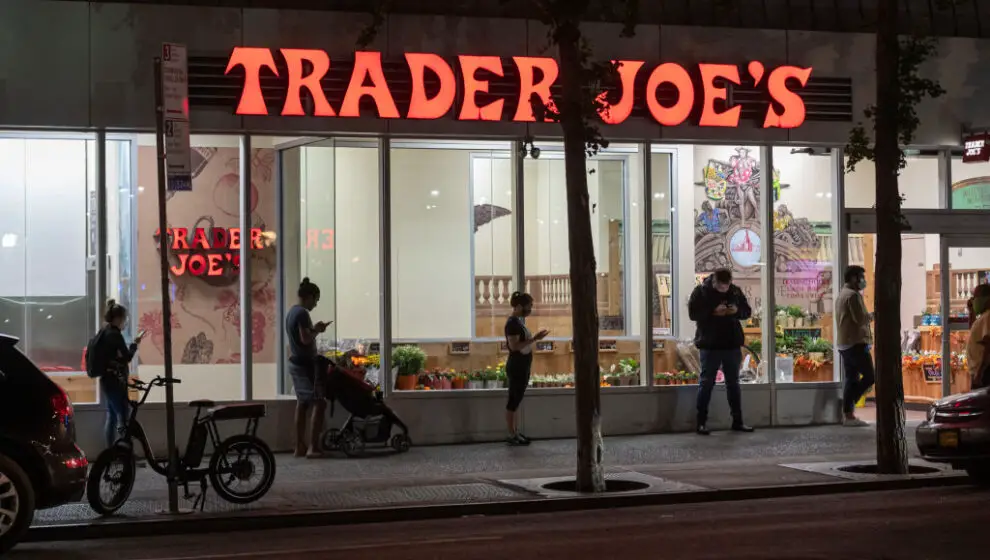Grocery stores have been able to grow large market shares and brand loyalty through consistency and competition.
Key Details
- A new study from Chain Store Guide shows that Walmart owns a 25.2% market share of the grocery industry, followed by Costco (7.1%), Kroger (5.6%), Sam’s Club (4.7%), Publix (4.4%), and Target (3.5%).
- The 2022 Axios Harris Poll found grocery brands like Trader Joe’s, Wegmans, and H-E-B ranked in the top 10 of the most reputable companies in the U.S.
- During times of intense competition and political polarization, grocery brands have developed and maintained successful and study brand loyalty in local communities, according to Axios’ Sara Fischer and Emily Peck.
The past three years have imposed tremendous pressures and challenges on the economy, with as many as 37.5% of small businesses shuttering during the pandemic. Big-box stores were among the few businesses declared essential during the early months of the lockdowns. Distribution services like Amazon benefited from a fully locked down and stationary economy.
Grocery brands have benefited in the years since from consistent brand loyalty due to the steady presence and consistency they provide. Higher trust brands like Trader Joe’s have additionally benefited from perceived shared community values between the company and customers. However, grocery brands, in general, have outperformed other job sectors in terms of brand loyalty, Axios reports.
“Shoppers often develop allegiances toward their local favorites” Fischer and Peck write “just ask anyone from upstate New York how they feel about Wegmans, for instance, and there’s a good chance it’ll be like they’re talking about their dearest friend.”
Backing Up A Bit
This brand loyalty to stores like Walmart and Trader Joe’s will be a notable stumbling block to new entries into the market. Amazon is currently attempting to ramp up its $13.4 billion investment in Whole Foods to expand its hold on the grocery market. At the same time, it has opened up 44 Amazon Fresh store locations in an attempt to compete with local grocery stores.
“We need a broader physical store footprint given that most of the grocery shopping still happens in physical venues,” says Amazon CEO Andy Jassy.
